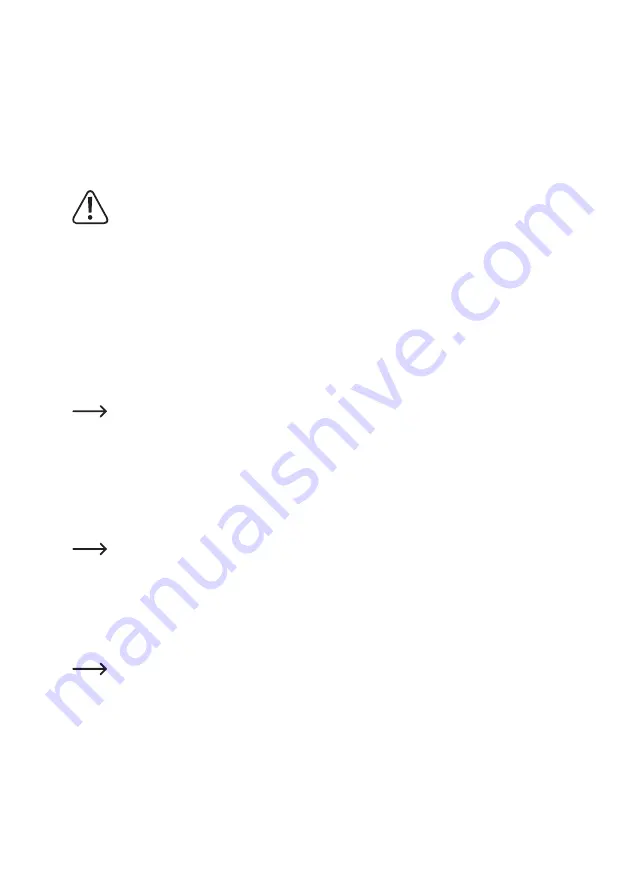
22
Example:
A dual-cell LiPo battery pack charged without a balancer has a voltage of 8.4 V and thus appears to be fully charged.
However, the two cells have a respective voltage of 4.5 V and 3.9 V (one cell is dangerously overcharged, the other
is half-empty).
Overcharged cells may leak, expand or even catch fire or explode!
If this LiPo battery was inserted into a model aeroplane, the battery life would be very short, because the voltage of
the half empty cell would drop very quickly and the battery would stop delivering a current.
If the lithium battery has a balancer connection, it must always be connected to the charger (in addition to
the two conventional po and negative/- terminals). Select the "BALANCE" program for this type of
battery.
d) Fast charge ("FAST CHG")
When you charge a lithium battery, the charging current drops continuously as the battery charges (when the bat-
tery reaches its maximum voltage and the charger switches from constant current to constant voltage mode). This
increases the charging time.
Quick charge mode delivers a higher charging current when the voltage is constant. However, this reduces the charg-
ing capacity, as the charging cycle is stopped earlier by the charger's built-in safety mechanism.
This means that the battery (e.g. LiPo battery) cannot be fully charged in quick start mode. The battery is only charged
to 90 % capacity compared with the standard charge mode.
Quick charge mode should only be used when you need to charge a battery as quickly as possible.
The charging current and voltage/number of cells can be configured in the same way as the "CHARGE" program
(see section 11. b).
e) Storage mode ("STORAGE")
Use this program when you need to store a battery for an extended period. Depending on the battery type, the bat-
tery will be charged/discharged to a certain voltage (LiPo = 3.8 V, Li-ion = 3.7 V, LiFe = 3.3 V, LiHV = 3.9 V per cell).
Depending on the cell voltage, the battery will be charged or discharged. If you are using a multi-cell battery
pack, the battery should have a balancer connection that is connected to the charger.
When storing a lithium battery for an extended period (e.g. when storing a model aeroplane battery during
the winter), the battery must be checked every 3 months and complete the "STORAGE" program to avoid
damaging the battery due to deep discharge.
The charging current and voltage/number of cells can be configured in the same way as the "CHARGE" program
(see section 11. b).
The selected current is used to charge and discharge the battery.
















































